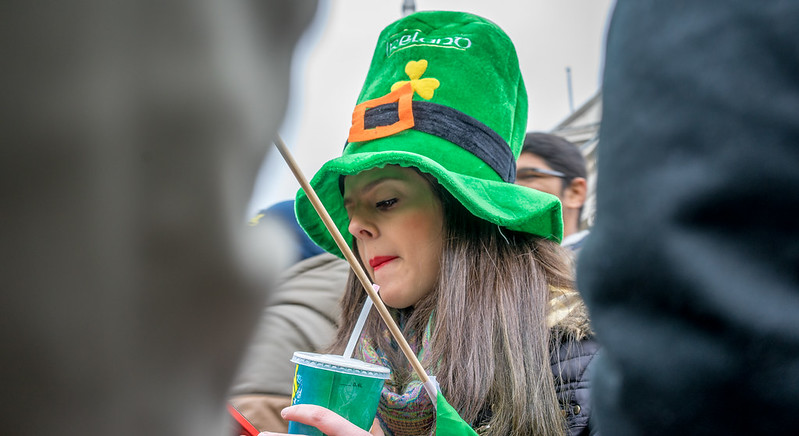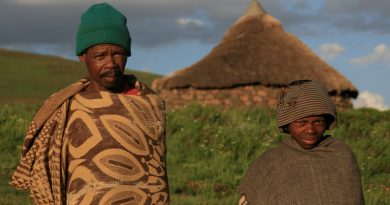St Patrick’s Day
St. Patrick’s Day is the feast day of St. Patrick, patron saint of Ireland, celebrated each year on March the 17th on the day of his death more than 1500 years ago.
Born in Roman Britain in the late 4th century, St Patrick was kidnapped at the age of 16 and taken to Ireland as a slave. He escaped but returned about 432 AD to convert the Irish to Christianity. By the time of his death on March 17, 461 AD , he had established monasteries, churches, and schools.
Many legends grew up around St Patrick – that he drove snakes out of Ireland and used the shamrock to explain the Holy Trinity – the Father, the Son and the Holy Ghost – to the then pagan Irish .
Ireland came to celebrate his day with religious services and feasts.Saint Patrick’s Day was made an official Christian feast day in the early 17th century and is observed by the Catholic Church, and other churches including the Anglican ,the Eastern Orthodox Church, and the Lutheran Church.
The day not only commemorates Saint Patrick and the arrival of Christianity in Ireland but celebrates the heritage and culture of the Irish.Celebrations generally involve public parades and festivals, social gatherings known in Gaelic as céilithe, and the wearing of green attire or shamrocks. Christians also attend church but and historic restrictions on eating and drinking alcohol were lifted for the day, which has encouraged the holiday’s tradition of alcohol consumption.<
Saint Patrick’s Day is celebrated in more countries than any other national festival.Saint Patrick’s Day is a public holiday in the Republic of Ireland, Northern Ireland, and is also widely celebrated in the United Kingdom,Canada, Brazil, United States, Argentina, Australia, South Africa, and New Zealand, and Montserrat especially amongst Irish diaspora.
Modern celebrations have been greatly influenced by those of the Irish diaspora, particularly those in North America. However, there has been criticism of Saint Patrick’s Day celebrations for having become too commercialised and for fostering negative stereotypes of the Irish
Drinking alcohol – particularly Irish whiskey, beer, or cider – has become an integral part of the celebrations.In Ireland, this relaxation of fasting rules is notably marked by the consumption of stout, a dark ale beer that is a key part of the celebration, with breweries preparing months in advance for the demand.The Saint Patrick’s Day custom of “drowning the shamrock” or “wetting the shamrock” was historically popular. At the end of the celebrations, especially in Ireland, a shamrock is put into the bottom of a cup, which is then filled with whiskey, beer, or cider. It is then drunk as a toast to Saint Patrick, Ireland, or those present. The shamrock would either be swallowed with the drink or taken out and tossed over the shoulder for good luck.
Irish Government ministers travel abroad on official visits to various countries around St Patrick’s Day to promote Ireland.




